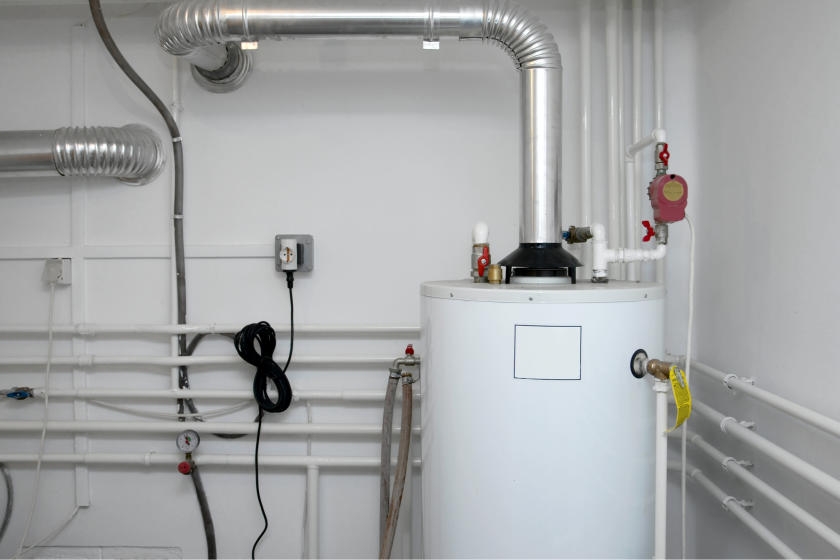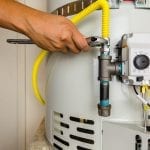Key Maintenance Tips for Your Home's Hot Water System
Key Maintenance Tips for Your Home's Hot Water System
Blog Article
How do you actually feel in regards to Tips For Maintaining Your Hot Water Heater?

Hot water is important for day-to-day convenience, whether it's for a refreshing shower or cleaning recipes. To guarantee your hot water system runs efficiently and lasts much longer, regular upkeep is vital. This write-up offers functional suggestions and insights on how to maintain your home's warm water system to avoid disruptions and costly repair services.
Introduction
Preserving your home's hot water system could appear difficult, yet with a couple of straightforward steps, you can guarantee it operates efficiently for many years to come. This guide covers whatever from comprehending your hot water system to do it yourself upkeep ideas and knowing when to call in expert assistance.
Value of Maintaining Your Hot Water System
Normal maintenance not just prolongs the life expectancy of your hot water system however additionally guarantees it runs successfully. Ignoring maintenance can cause decreased performance, higher power costs, and even premature failing of the system.
Indications Your Warm Water System Needs Upkeep
Knowing when your warm water system needs attention can prevent major concerns. Keep an eye out for indications such as irregular water temperature level, strange noises from the heater, or rusty water.
Understanding Your Hot Water System
Prior to diving into upkeep tasks, it's handy to comprehend the basic elements of your warm water system. Generally, this includes the hot water heater itself, pipelines, anode poles, and temperature level controls.
Monthly Maintenance Tasks
Regular regular monthly checks can assist capture small concerns prior to they intensify.
Purging the Hot Water Heater
Purging your hot water heater removes sediment buildup, improving performance and prolonging its life.
Checking and Replacing Anode Rods
Anode rods prevent corrosion inside the storage tank. Examining and changing them when broken is critical.
Inspecting and Adjusting Temperature Settings
Adjusting the temperature level setups makes sure optimum efficiency and safety and security.
Do It Yourself Tips for Upkeep
You can do numerous upkeep jobs on your own to keep your hot water system in top condition.
Checking for Leaks
On a regular basis check pipes and connections for leaks, as these can lead to water damages and higher bills.
Examining Stress Alleviation Valves
Evaluating the stress relief valve ensures it works correctly and prevents too much pressure buildup.
Shielding Pipelines
Protecting warm water pipes reduces warmth loss and can save energy.
When to Call a Specialist
While do it yourself maintenance is helpful, some problems require specialist competence.
Complex Concerns Needing Professional Help
Instances include major leakages, electrical troubles, or if your water heater is consistently underperforming.
Regular Expert Maintenance Conveniences
Expert upkeep can include thorough examinations, tune-ups, and making sure compliance with security requirements.
Conclusion
Normal maintenance of your home's warm water system is vital for efficiency, durability, and cost financial savings. By following these suggestions and understanding when to look for professional assistance, you can ensure a trusted supply of hot water without unanticipated interruptions.
Water Heater Maintenance: The Basics
Maintaining your water heater will ensure it operates efficiently and has a longer lifespan. Neglecting regular maintenance can lead to costly repairs and an even bigger chunk of your savings if you have to replace it sooner than necessary. But there’s good news: Most water heater maintenance tasks are relatively simple and easy for homeowners with basic DIY skills.
Flush the Water Heater
Over time, sediment and minerals can build up in the tank, reducing its efficiency and potentially causing damage. To flush the tank, turn off the power or gas supply, attach a hose to the drain valve near the bottom and open the valve to drain the water until it runs clear. Ideally, flush the tank annually.
Replace the Anode Rod
The anode rod is a sacrificial metal rod that helps prevent corrosion inside the tank. Inspect and replace it every three to five years or per the manufacturer's recommendation. To replace the anode rod, turn off the power or gas supply, drain a few gallons of water from the tank, unscrew the old rod and replace it with a new one. If the anode rod is significantly corroded or covered in calcium buildup, it's a sign the water heater may need to be replaced soon.
Tune-Up
A yearly tune-up can help identify potential issues and ensure your water heater operates at peak efficiency. This typically involves checking the thermostat, burner assembly (for gas heaters) and any other components specified by the manufacturer. During a tune-up, the technician may also clean the burner and adjust the pilot light (for gas heaters) or examine the heating elements (for electric heaters).
How to Maintain Your Water Heater
Insulate the tank. Insulating the tank can improve energy efficiency and reduce heat loss, saving you money on energy bills. You can purchase precut insulation blankets designed specifically for water heaters or use standard fiberglass insulation wrapped securely around the tank. Check the temperature. The recommended water temperature for most households is around 120 degrees Fahrenheit (49 degrees Celsius). Higher temperatures can increase energy costs and potentially cause scalding. Use a kitchen thermometer to check the temperature at the faucet nearest the water heater. Monitor water pressure. Excessive water pressure can strain the water heater and cause leaks or even tank failure. Install a pressure-reducing valve if necessary. The ideal water pressure range is between 60 and 70 PSI (pounds per square inch). Test the temperature and pressure (T&P) relief valve. The T&P relief valve is a safety feature that releases pressure if the tank gets too hot or the pressure builds up too high. Test it annually by lifting the lever and allowing a small amount of water to release. Replace the valve if it doesn't release water or reseal properly. Check for leaks. Regularly inspect the tank, pipes and fittings for leaks or corrosion. Deal with issues promptly to prevent further damage. Even a small leak can lead to significant water damage over time. Consider a tankless water heater. If your traditional tank-style water heater is nearing the end of its lifespan ( typically 10 years), consider replacing it with a tankless water heater. These units heat water on demand, reducing standby energy losses and potentially saving you money on your energy bills. Schedule professional maintenance. While homeowners can perform many water heater maintenance tasks, it's still a good idea to schedule professional maintenance every few years. A plumber or HVAC technician can thoroughly inspect the unit, identify potential issues and ensure it operates safely and efficiently. https://www.homeserve.com/en-us/blog/home-improvement/hot-water-heater-maintanence/

I have been very curious about How to Maintain a Hot Water Heater in a Few Simple Steps and I am hoping you appreciated the new post. Sharing is caring. One never knows, you could be doing someone a favor. Many thanks for taking the time to read it.
Visit My Website Report this page